Get Free Solar Panel Quotes
Find out how much solar panels would cost you
Do you need solar panels for your home or business?
Fill in our form - Get a free quote - Start saving on energy bills
Why get solar panels?
- Generate free, green electricity
- Reduce your electricity bill by up to 64%
- Get paid for what you don't use
As featured in:



Solar Panels
Power your home with energy from the sun, and get paid for the energy you don’t use.
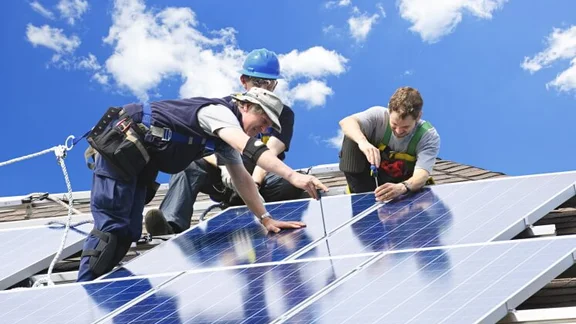
Government grants and funding for solar panels – 2025
The latest UK government solar panel grants and to help pay for solar panels on your home - start saving on your energy bills today
-
 The world’s biggest solar farms Global solar capacity is increasing year after year, with solar farms playing a big part. Find out what the 15 largest solar farms in the world are.
The world’s biggest solar farms Global solar capacity is increasing year after year, with solar farms playing a big part. Find out what the 15 largest solar farms in the world are. -
recommended
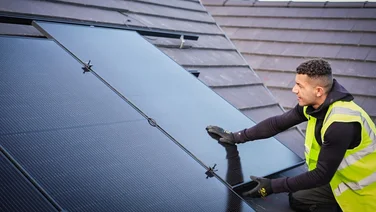 The UK's best solar panel installers We analysed 643 of the UK's top MCS-certified solar companies for this rundown of the best installers in the UK.
The UK's best solar panel installers We analysed 643 of the UK's top MCS-certified solar companies for this rundown of the best installers in the UK. -
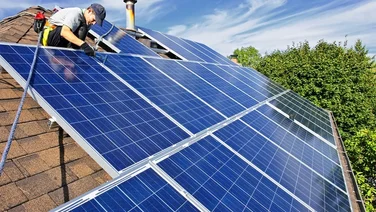 The Smart Export Guarantee explained Get paid for the solar power you send back to the grid with the Smart Export Guarantee. Here’s our guide to how it works.
The Smart Export Guarantee explained Get paid for the solar power you send back to the grid with the Smart Export Guarantee. Here’s our guide to how it works. -
 What size solar battery do I need? Live in the UK and wondering what size solar battery you need? Read our guide for everything you'll need to know.
What size solar battery do I need? Live in the UK and wondering what size solar battery you need? Read our guide for everything you'll need to know. -
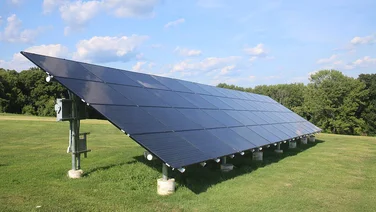 The complete guide to ground-mounted solar panels If you have the space, ground-mounted solar panels can be very efficient. However, they require a lot of space to install and can be very expensive.
The complete guide to ground-mounted solar panels If you have the space, ground-mounted solar panels can be very efficient. However, they require a lot of space to install and can be very expensive. -
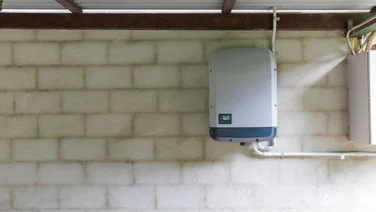 How much do solar storage batteries cost? This guide explains how much a solar battery costs, the amount it'll save you every year, and how that'll affect your solar break-even point.
How much do solar storage batteries cost? This guide explains how much a solar battery costs, the amount it'll save you every year, and how that'll affect your solar break-even point. -
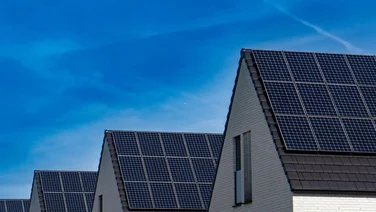 How much power do solar panels provide in the UK? Use our free online solar panel output calculator to see how much electricity you could produce each year with a solar panel system.
How much power do solar panels provide in the UK? Use our free online solar panel output calculator to see how much electricity you could produce each year with a solar panel system. -
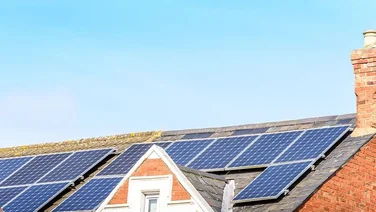 Buying solar panels in Scotland Thinking of installing solar panels in Scotland? Find out about the costs, benefits, and grants that come with going solar in Scotland.
Buying solar panels in Scotland Thinking of installing solar panels in Scotland? Find out about the costs, benefits, and grants that come with going solar in Scotland. -
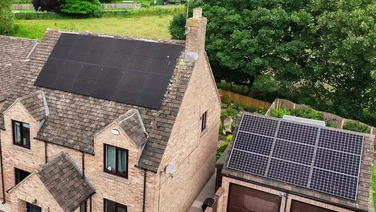 How many solar panels do I need for my home? Solar panels can cut your bills, reduce your emissions, and protect you from energy price rises. We'll help you work out how many you need.
How many solar panels do I need for my home? Solar panels can cut your bills, reduce your emissions, and protect you from energy price rises. We'll help you work out how many you need.